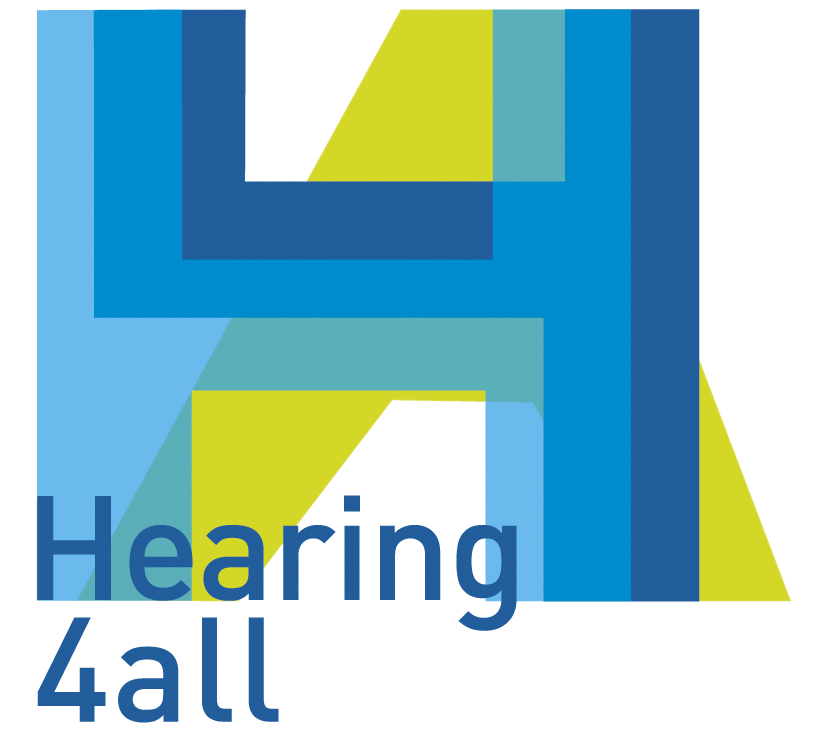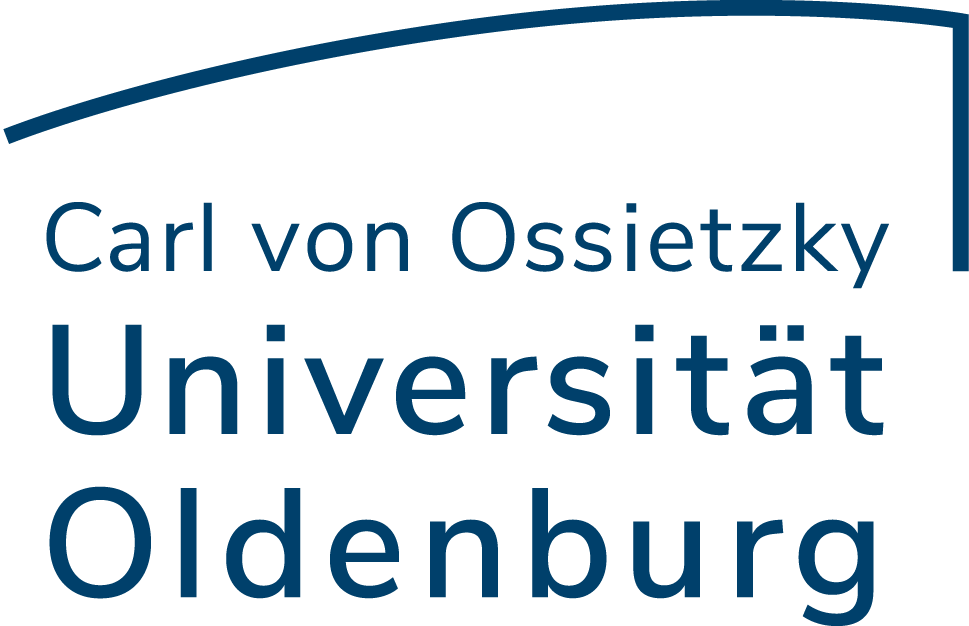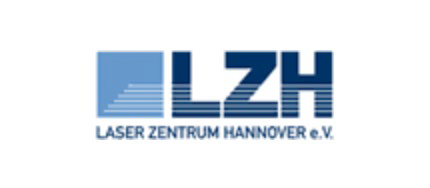Fitting and signal processing of virtual or real hearing devices
The optimal fitting of modern hearing aids and cochlear implants to the individual patient is a major, not yet satisfactorily solved problem. The reason for this is the complexity of the fitting. It involves many parameters, unclear pathological changes in the patients’ internal auditory processing, unclear interaction between the hearing device and the individual hearing deficiency. The approach of this project will be to strongly involve the individual user by providing easy-to-use fitting tools within a smartphone-based application (virtual hearing clinic app) to either control a software-based (binaural) hearing device within the app itself (entry-level, easy access), or to provide an interface to commercially available hearing aids and cochlea implants. Through this virtual hearing clinic concept, users will be empowered to adjust their hearing devices utilizing psychophysical and objective physiological methods. These include self-fitting approaches and individualization of signal processing which will be flanked by objective measures based concepts like EEG and acoustically evoked potentials recorded through portable measurement systems or through the hearing devices themselves. Machine learning approaches will be applied to the gathered data to better understand relevant input data or measurements and to come up with better and faster automated fitting and individualization concepts of hearing devices.
In a nutshell, the aim is to enable self-controlled fitting of hearing devices in the virtual hearing clinic app including a software hearing aid. Furthermore it is planned to work on using objective measures for the fitting of hearing devices and long-term follow-up. Combined model-guided and machine-learning approaches to optimise hearing device benefit will be developed, utilizing data collected from clinical workflows as well as APP-data obtained from the virtual hearing clinic.








